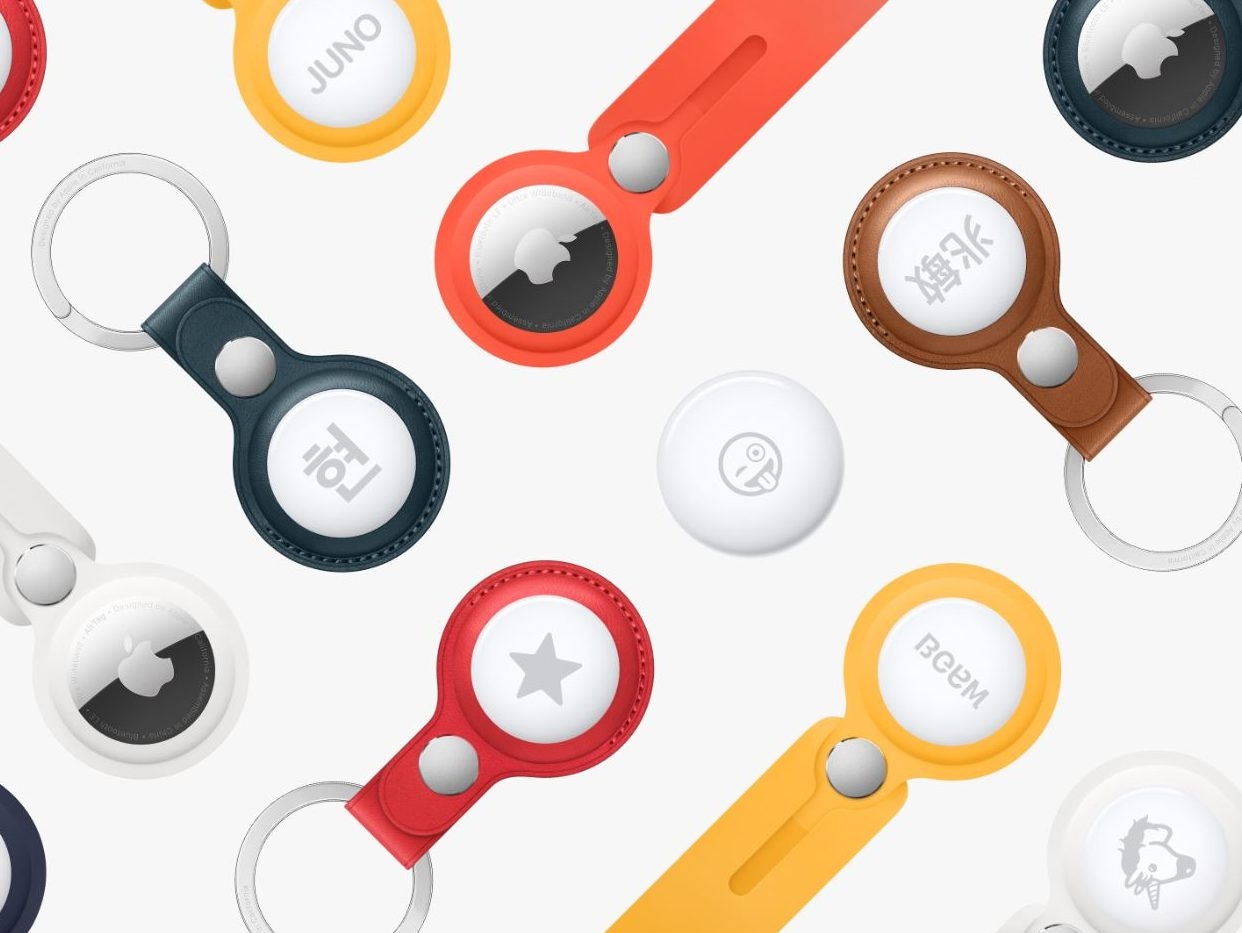BRAUN: Criminals quick to use new technology


Article content
Missing your keys? Misplaced your wallet? Left your phone somewhere?
Advertisement 2
Article content
The Apple AirTag is a clever little gizmo designed to keep track of your things, so they’re never lost again.
Thieves love them.
AirTags are barely a year old, but thieves and stalkers have already found criminal uses for them.
People who see your beautiful new car parked someplace and want to steal it can stick an AirTag on the car in an inconspicuous spot; behind the rear license plate, maybe, or inside the trailer hitch.
Later, when you’ve parked the car at home, thieves track it there and quietly steal it while you sleep.
(Interestingly, Extreme Tech.com says reports of this misuse of AirTags came first from Canada.)
Furthermore, someone could put an AirTag in your pocket and then track your movements or follow you home.
The speed with which the bad guys found ways to misuse the AirTag prompted Apple to make a few tweaks.
Now, among other things, you’ll get a notice on your iPhone if there’s an AirTag around you that’s not yours. And your phone will help you locate that AirTag.
If you find one on your car (or on your person), call the police.
Tom Balaga and Marco Ricciardi are police officers with 22 Division. They’ve created a YouTube video about AirTag misuse to help people prevent car theft.
The 22 Division Instagram page lists the vehicles stolen most often: Honda CRV or Civic; Lexus RX350 andRX450H; Ford F-150; Toyota Highlander, Tacoma or Tundra; Land Rover and Range Rover; and Acura MDX.
Advertisement 3
Article content
These are popular cars, but as Ricciardi said in a recent interview, they may also have easily copied key fobs.
He knows someone who has had three Lexus RX 350s stolen.
The car thieves use your VIN (Vehicle Identification Number) — essentially your car’s fingerprint as to make, model, year, etc. — and with that info and access to the onboard computer (OBD II), they can clone your car key in minutes.
And drive away.
These are sophisticated thefts, said Ricciardi, but there are things people can do to foil the criminals.
You can cover the VIN (often visible from outside the car) on the dashboard.
You can put your keys and phone in a Faraday pouch at night. A Faraday bag blocks all wireless signals, thwarting what’s called “relay theft” — thieves get the signal from a car’s keyless entry fob and get into your car without a key.
Advertisement 4
Article content
Inside the car, get a mechanic to move the OBD II port someplace less obvious or install an ignition kill switch. You can also buy an OBD II lock.
Don’t rely on the in-car GPS to help you find a stolen vehicle, said Ricciardi — many are easily disconnected.
Both Toronto and Halton police issued warnings to the public last week about a huge uptick in vehicle thefts.
Like other officers, Ricciardi wants to see stiffer penalties; car theft is often seen as a victimless crime because of insurance.
“But the theft of a car is often tied to other things — it’s cash for organized crime, or it’s used for a pharmacy robbery or for human trafficking. There should be harsher punishment.”
Ricciardi cautioned that every criminal crew has its methods. “Some open the door by copying your fob, some smash their way in, some bypass the lock, some bypass the security system. If they want your car, they’ll get it.”
“Technology is really changing the face of crime.”






